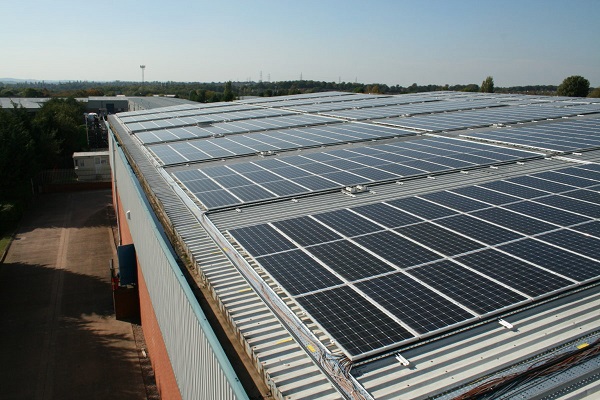Scientists from Pakistan’s Lahore University of Management Sciences have analyzed various string configurations attached to inverters widely used in the solar industry, to assess mismatch losses and cost.
In the paper Analysis on inverter selection for domestic rooftop solar photovoltaic system deployment, published in Electrical Energy Systems, the Lahore group sought to quantify the impact of different shading scenarios across inverter configurations to evaluate the performance of PV systems. The researchers said more inverters could make a PV system more scalable and would probably aid shading performance but also added to costs.
In the paper, a case study was presented for a 51 kW rooftop PV array of 180 Panasonic N285 solar panels and various SMA inverter topologies. Performance was analyzed for low, medium and high shading scenarios.
Universal
“This particular analysis is not limited to SMA inverters … this can easily be extended to Schneider, Huawei, Fronius and other inverter companies,” the researchers stated. “The focus is limited only to one manufacturer to minimize any possibility of asserting superiority of one manufacturer’s model to other manufacturers’ products.”
Six PV string configurations were analyzed: 1) a system with ten 5 kW SMA Sunny Tripower 5000T inverters with two maximum power point trackers (MPPTs), distributed one per string; 2) five 10 kW Sunny Tripower 10000T devices with two MPPT inputs across four strings; 3) five 10 kW Sunny Tripower 10000TLEE JP inverters with one MPPT input and four strings; 4) three 15 kW Sunny Tripower 15000TL devices with two MPPT inputs and four strings; 5) two 25 kW Sunny Tripower 25000TL inverters with three MPPT inputs across six strings; and 6) one 51 kW Sunny Tripower Core inverter with six MPPT inputs and 12 strings.
Mismatch losses
The control showed all configurations generated maximum available power in unshaded conditions and output varied once shading scenarios were considered, for a general rule that more MPPTs per string led to higher output.
The tests, carried out with free online PV*SOL simulation software, showed shading losses for the six configurations were 21.4%, 22.9%, 26%, 23.2%, 24% and 23%, respectively.
Regarding overall system performance, rather than just mismatch losses, the Lahore group stated: “It is important to note that the system performance is 2.3% better with Inverter [set-up] 1 (for [an] equivalent amount of shading and shading patterns for all string types) as compared to Inverter [set-up] 5,” the paper noted. “However, the performance of Inverter [set-up] 2 and Inverter [set-up] 3 is similar under the symmetrical shading scenario, while the costs will generally vary with [the] number of MPPT inputs. Similarly, the power output from Inverter [set-up] 6 is significantly higher compared to [the], smaller Inverter [set-up] 5 system under symmetrical shading.”
Cost
A levelized cost of energy (LCOE) was also calculated for all six configurations which factored in PV system price plus installation, maintenance and replacement component costs over the lifetime of the array. “Results show that Inverter [set-up] 6 is the most optimal choice, which gives [an] LCOE of $0.0393/kWh and $0.0407 under both symmetrical shading and field conditions, respectively,” stated the paper.
The Lahore group said that configuration proved 34% cheaper than the most expensive device, inverter configuration 1, which showed an LCOE of $0.0618/kWh.
The researchers added, although inverter set-up 4 had the same number of MPPTs per string as configuration 6, the latter had a 13% lower LCOE. “This is important information for the PV system designers, regarding cost-cutting,” the Lahore group added.






